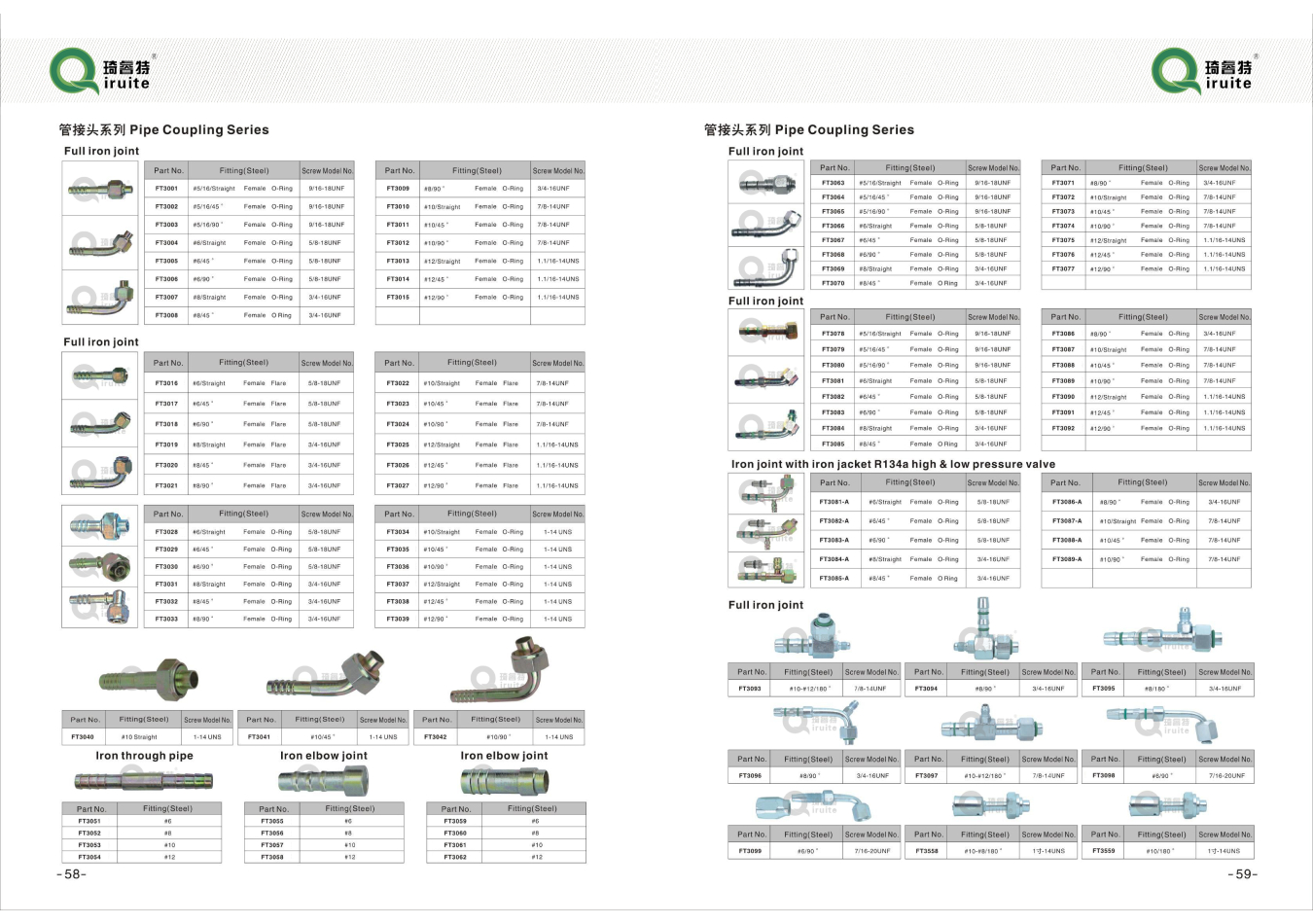power steering pressure hose
Understanding Power Steering Pressure Hoses Importance and Maintenance
Power steering systems are essential components in modern vehicles, enhancing the ease of steering and providing drivers with better control. At the heart of this system is the power steering pressure hose, a crucial element that aids in the transfer of hydraulic fluid from the pump to the steering gear. Understanding the importance of this hose and how to maintain it can prevent potential issues and prolong the life of your vehicle's steering system.
What is a Power Steering Pressure Hose?
The power steering pressure hose is designed to transport pressurized hydraulic fluid, which assists in steering the vehicle smoothly. It is typically made of durable rubber or reinforced material to withstand high pressure and fluctuating temperatures. The hose connects the power steering pump to the steering gear, enabling the transfer of the fluid that creates the necessary hydraulic force for easier steering.
Importance of the Power Steering Pressure Hose
A well-functioning power steering pressure hose is vital for several reasons. First, it ensures that the hydraulic fluid reaches the steering gear at the correct pressure, allowing for responsive steering. If the hose is damaged or begins to leak, it can lead to reduced effectiveness of the power steering system, making it harder for the driver to control the vehicle.
Furthermore, a faulty pressure hose can result in a loss of hydraulic fluid, leading to increased wear and tear on other components of the steering system. This can escalate into more severe issues, such as potential damage to the power steering pump or the steering rack, which can be costly to repair.
power steering pressure hose

Signs of a Failing Power Steering Pressure Hose
Drivers should be aware of several signs that may indicate a problem with the power steering pressure hose. Common symptoms include
- Fluid Leaks Puddles of reddish hydraulic fluid under the vehicle can signify a leak in the hose. - Steering Difficulty If the steering feels stiff or unresponsive, it may indicate a lack of hydraulic fluid, likely due to hose failure. - Unusual Noises Whining or groaning sounds when turning the steering wheel could also suggest issues within the power steering system.
Maintenance Tips
To ensure the longevity and reliability of your power steering pressure hose, regular maintenance is essential. Here are a few tips
1. Inspection Routinely inspect the hose for signs of wear, such as cracks, fraying, or leaks. 2. Fluid Check Regularly check the power steering fluid level and replenish it as necessary. 3. Professional Service If you notice any signs of trouble, it’s essential to consult a qualified mechanic to diagnose and resolve the issue promptly.
In conclusion, the power steering pressure hose plays a pivotal role in the functionality of a vehicle’s steering system. By understanding its importance and performing regular maintenance, drivers can ensure a smoother and safer driving experience while prolonging the life of their vehicle’s steering components.
-
Ultimate Spiral Protection for Hoses & CablesNewsJun.26,2025
-
The Ultimate Quick-Connect Solutions for Every NeedNewsJun.26,2025
-
SAE J1401 Brake Hose: Reliable Choice for Safe BrakingNewsJun.26,2025
-
Reliable J2064 A/C Hoses for Real-World Cooling NeedsNewsJun.26,2025
-
Heavy-Duty Sewer Jetting Hoses Built to LastNewsJun.26,2025
-
Fix Power Steering Tube Leaks Fast – Durable & Affordable SolutionNewsJun.26,2025

